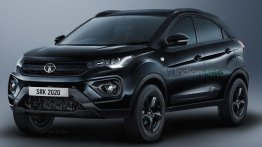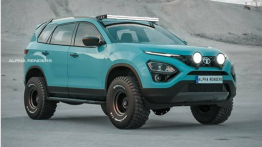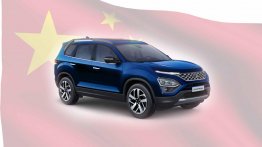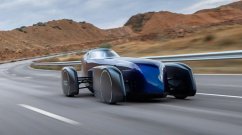The Tata Harrier will soon become the new flagship for Tata Motors. Here's all that you should know about what could be the biggest launch of 2019.
Tata Harrier SUV - 10 Things You Should Know
Launch Timeline
Tata Motors has officially confirmed that the Harrier will launch in the fourth quarter of the current financial year. Production of the Harrier will take place at the company's Pimpri-Chinchawad facility near Pune, Maharashtra. The Tata Harrier SUV will be produced on the same line that made the Indica hatchback.
Design
The Tata Harrier will be based on the H5X Concept SUV that made its debut at the Auto Expo 2018. Pratap Bose, Head of Design, Tata Motors, has said that 85% of the Harrier's exterior design will be in sync with the concept presentation. Validating this are the teasers which hint at several identical design elements on the production model. The Tata Harrier will be the first model to follow Tata's Impact Design 2.0 theme.
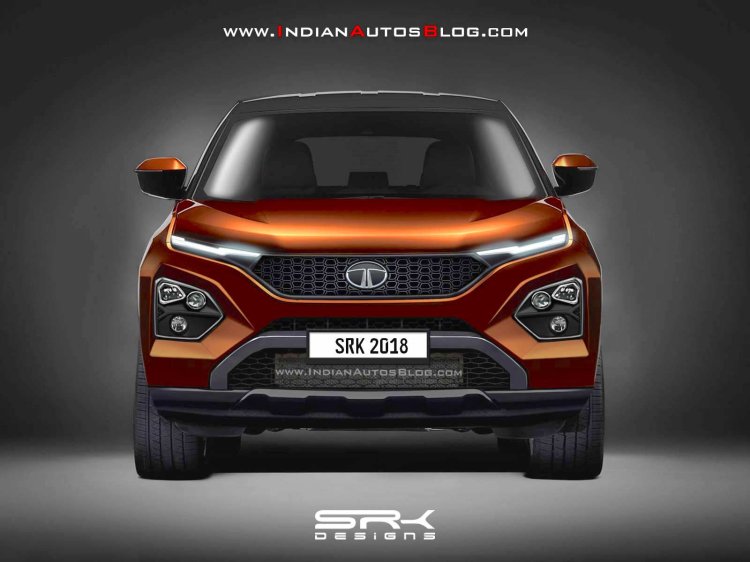
Platform
Underpinning the Harrier will be the company's new Optimal Modular Efficient Global Advanced (OMEGA) platform. The OMEGA architecture has been derived from Land Rover's D8 platform that underpins the Discovery Sport. Tata Motors has made changes to the tried-and-tested D8 platform to make it more cost-effective. For example, some of the aluminium components in the D8 platform have been replaced with steel units for the OMEGA architecture. This will help the company price the Tata Harrier SUV competitively.
Engines
The Tata Harrier SUV will launch with FCA's 2.0-litre Multijet II diesel engine. This is the same engine that powers the Jeep Compass. For the Harrier, this internationally-acclaimed motor will output a maximum power of 140 hp.
Transmissions
The 2.0-litre Multijet II diesel engine of the Harrier will come mated to a six-speed manual transmission as standard. Also, it's being reported that the upcoming flagship will offer an optional 6-speed automatic transmission. Tata will source this unit from Hyundai. Commenting on this, a source close to Tata is reported to have said, "The Hyundai transmission is well suited to the power and torque characteristics of the 2.0-litre Fiat diesel and is significantly cheaper than the FCA transmission, so it made more sense for us to use it.”
Competition
The Tata Harrier SUV is expected to go on sale in the Rs 14 - 18 lakh price bracket. In this price segment, it will directly rival the higher variants of the Hyundai Creta and the entry-level versions of the Jeep Compass. It will also compete with the entry-level models of the Hyundai Tucson.
Digital Configurator
Tata Motors will offer a digital configurator to the customers of its upcoming SUV. This configurator will be available on iOS, Android and Windows platforms. It will allow the customers to choose the engine, transmission, accessories, and other options for their Harrier SUV. Rajendra Petkar, chief technology officer, Tata Motors, has said that this digital configurator will be a "big step-up from offering customisation."
Will spawn a 7-seat variant
Tata Motors will also launch a 7-seat version of the Harrier that will launch under a different nameplate. Currently known as H7X (codename), the larger version of the H5X will offer an airier cabin and a more powerful engine. Akin to the Harrier, this SUV will offer a six-speed manual transmission along with an optional Hyundai-sourced 6-speed automatic unit.
Interior Details
Unlike the H5X concept, the Harrier's dashboard won't have a button-less design. Our exclusive spy shots reveal that the Harrier's instrument console will have monochrome lighting. The steering wheel will look similar to the small diameter unit on most of the modern Tata models but will have a different design for the centre-pad. Unlike the Hexa, which gets a rotary control on the dashboard for the headlight controls, the Harrier has its light controls on the indicator stalk. Taking centre stage will be a 2-DIN slot for the touchscreen infotainment unit.
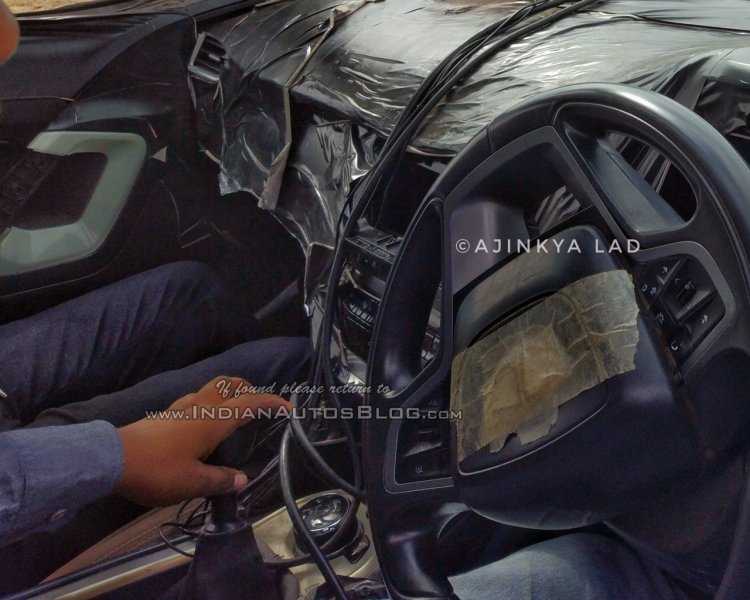
Super Drive modes & Four wheel drive
Akin to the Hexa, the Harrier will offer Super Drive Modes. These modes enable the driver to toggle between four driving modes - Auto, Comfort, Dynamic and Rough Road. These modes work in conjunction with the car's ESP system. A four wheel drive system may not be expected as the SUV market is currently skewed towards 2WD.






